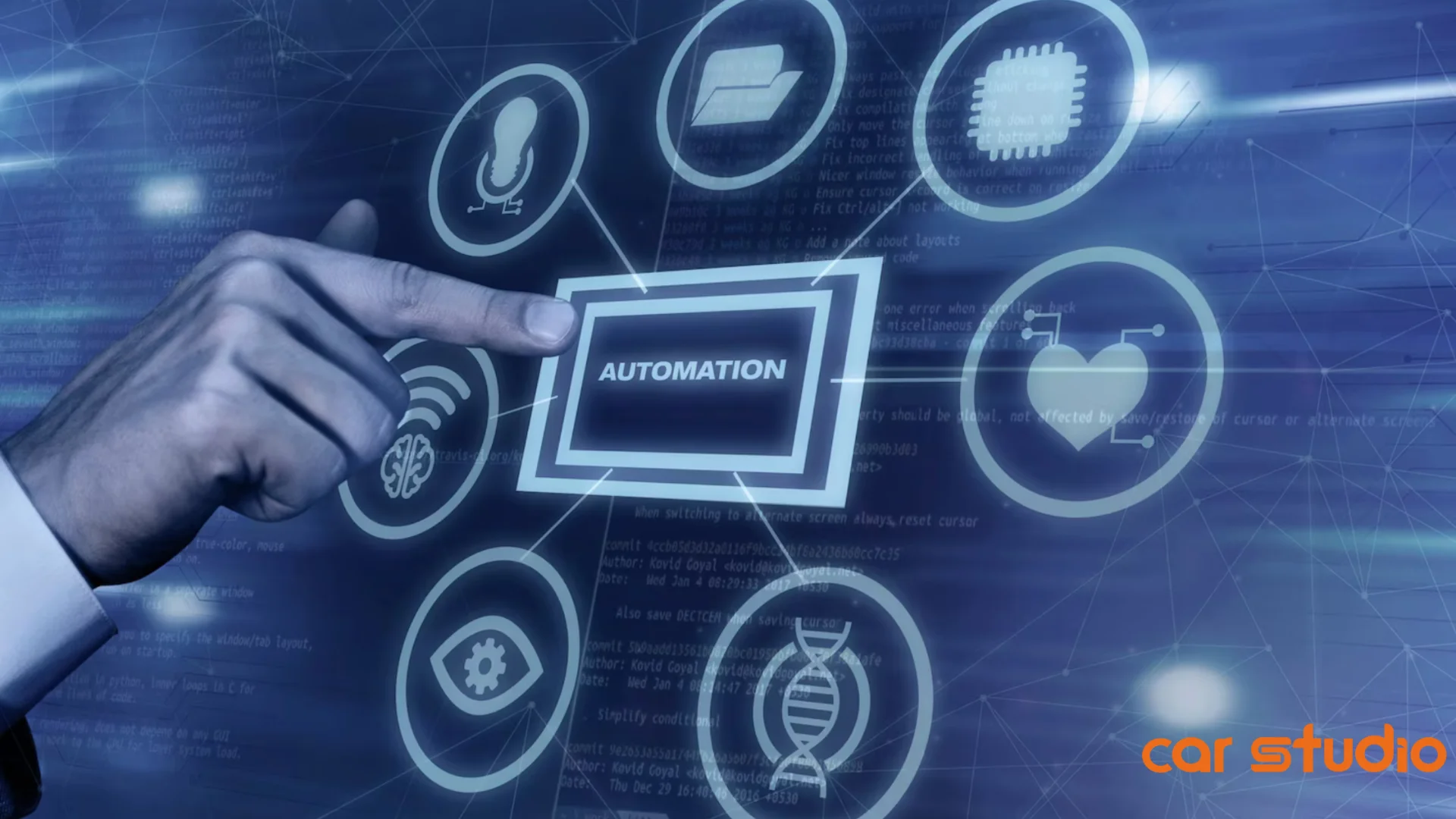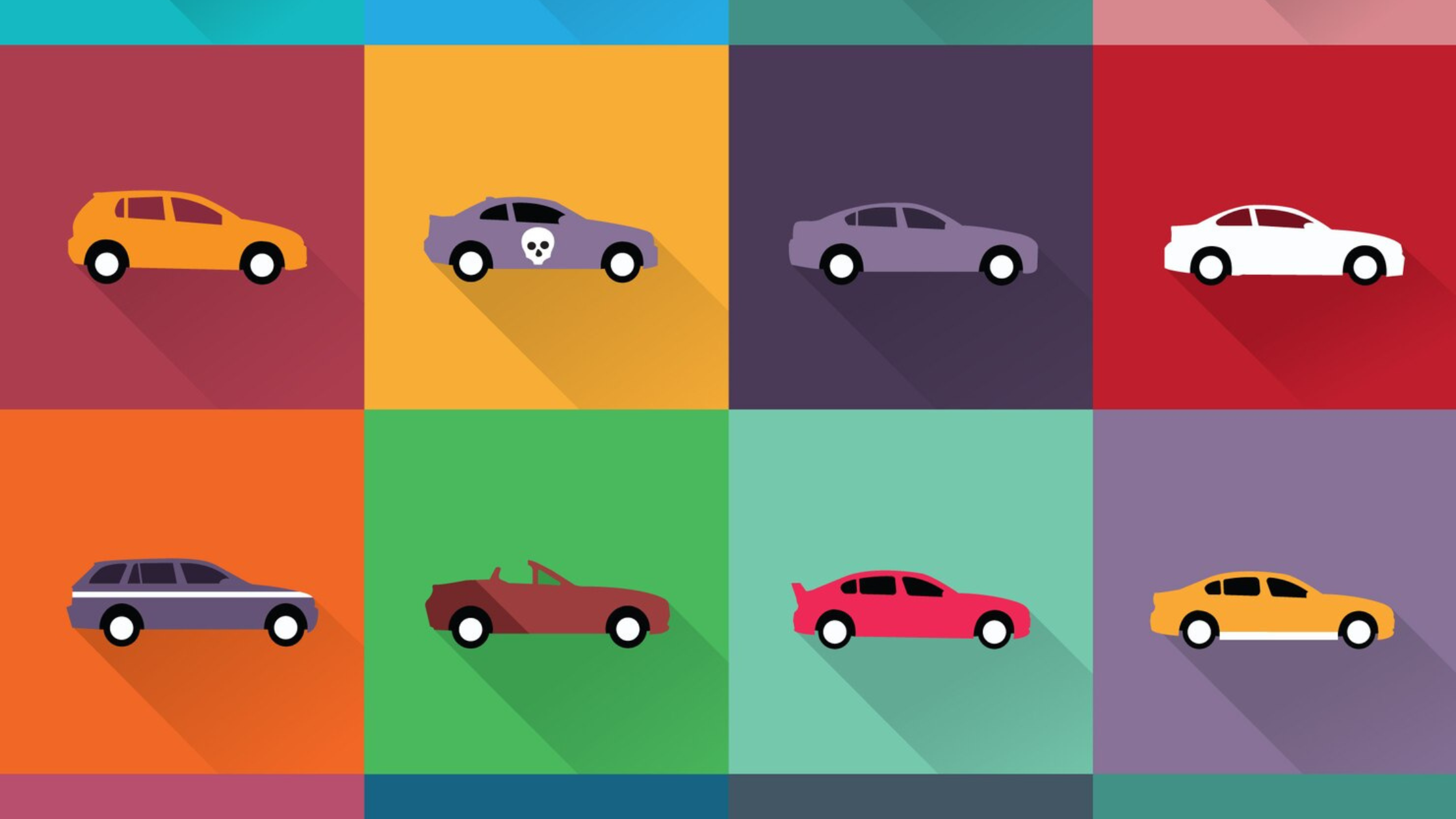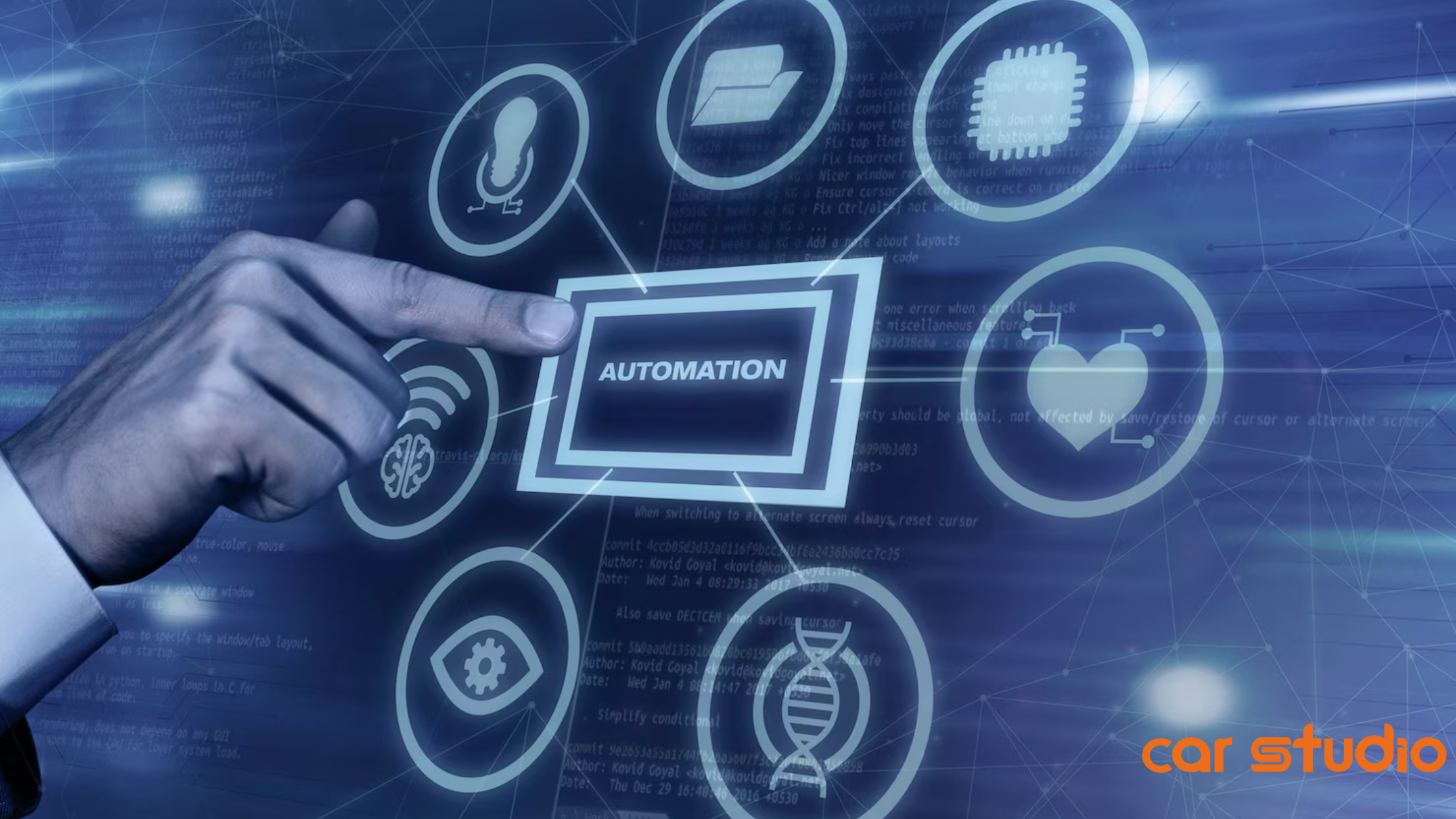
From Upload to Listing: How AI Transforms the Car Imaging Workflow
From Upload to Listing: How AI Transforms the Car Imaging Workflow
Introduction: Why Visuals Define Online Car Sales
In the digital automotive market, the photo isn’t “part” of your listing it is the listing. Before buyers read your carefully crafted descriptions, compare specs, or scroll through features, they stop at one thing: the main image. A crisp, professional car photo doesn’t just showcase the product; it builds trust.
The challenge? Consistency at scale. Dealerships, independent sellers, and even marketplaces struggle with photo quality, batch management, and time-to-publish. Buyers may forgive a dent but rarely forgive dim lighting or cluttered backgrounds. This is where car listing automation powered by AI becomes the silent but transformative force.
Car Studio AI has taken the traditional imaging workflow once a slow, manual grind and rebuilt it as a digital workflow. From first upload to final listing, the process now flows with AI car photo editing tools designed specifically for cars, not generic photography. If you’ve ever wondered why car editing AI works and actually sells more cars, it comes down to this: AI does what humans can’t at scale repeat perfection.
On a personal note: I remember taking photos for a friend’s private car listing. We spent nearly an hour fighting with reflections, trying to hide the messy background of a parking lot, and Googling how to blur license plates without making them look censored. If Car Studio AI had been around then, we’d have saved all that time (and my Saturday).
The Workflow: Four Steps from Upload to Listing
Think of it as a production line for visuals but smarter.
1) Upload & Initial Assessment
It’s like a “visual editor’s assistant” that already knows which shots belong in which order.
2) Intelligent Enhancements

This is where AI starts flexing.
The result: car photo enhancement that makes the vehicle look its best without slipping into “too perfect” territory.
3) Branding & Customization
Consistency is a brand signal.

Independent sellers can borrow some tricks from dealerships too. The ultimate checklist for independent car sellers shows just how much brand discipline matters even if you’re selling a single car.
4) Final Review & Publishing
This transforms the workflow from “upload → email photographer → wait two days” into “upload → publish within minutes.”
Beyond Editing: Personalization and Play
Here’s the fun part: AI isn’t just about cleaning up photos. It’s about visual imagination.

Want to see what your SUV would look like with different rims, or test how a red paint job might perform in your market? That’s where AI car modification steps in. You can design and test concepts virtually, without a spray gun or Photoshop wizard.
Personally, I tested it on a family hatchback that looked about as exciting as a toaster. With a new colorway, tinted glass, and a different wheel set, it suddenly looked like something I’d actually want to drive. AI here isn’t just practical it’s playful.
Why It Matters
That’s why car editing AI is more than a fancy add-on it’s a revenue driver.
Conclusion: The Future is Automated, but Still Human
From AI-driven background removal to professional car photo editing templates, Car Studio AI compresses what used to take hours into minutes. The result? Listings that look polished, trustworthy, and clickable.
And let’s be honest: buyers don’t want to imagine your car in a cluttered lot with a garbage can in the background. They want to imagine it in their driveway, clean and gleaming. AI makes that possible every time, at scale.
For me, the biggest appeal is freedom. Freedom from fiddling with Photoshop sliders, freedom from waiting on edits, and freedom to focus on what matters selling.

When you’re ready to move from upload to listing without losing hours in between, AI is no longer optional. It’s the new standard.
FAQ: Everything You Need to Know About AI in Car Photo Editing
How does AI enhance the quality of car photos?

AI enhances car photos by performing a series of highly specialized adjustments that go far beyond what basic editing software can achieve. Instead of just tweaking brightness or contrast, AI analyzes each photo for dozens of visual markers sharpness, exposure balance, color accuracy, reflections, and framing. For instance, if the headlights are washed out due to glare, the system can correct them without flattening the surrounding details. If the paint color looks dull under poor lighting, AI boosts vibrancy while ensuring it still reflects the car’s true-to-life tone, not an artificial look.
It also introduces subtle but important improvements that make cars appear naturally appealing to buyers: realistic shadow placement that grounds the vehicle, refined glass transparency so the interior is visible without glare, and wheel/wheel arch clarity that prevents muddy details. These micro-adjustments, when combined, give every vehicle a showroom-ready finish, ensuring consistency across hundreds or even thousands of listings.
Can I customize the AI edits?
Yes. One of the strongest advantages of Car Studio AI is that automation doesn’t mean losing control. The platform gives you the best of both worlds: instant AI-driven enhancement plus manual flexibility. After AI generates its first pass, users can go in and adjust crop ratios, shadow intensity, background preferences, or branding overlays.
For example, if a dealership prefers a darker, more dramatic showroom backdrop instead of a neutral gray, the template can be changed with one click. If an independent seller feels the AI brightened the car a bit too much, they can reduce exposure levels to match their personal style. This balance allows large dealer groups to keep strict branding standards while giving independent sellers the freedom to tailor images to their audience. Customization ensures that every photo not only looks professional but also feels authentic to the seller’s identity.
Is Car Studio AI compatible with all digital platforms?
Absolutely. One of the biggest frustrations in automotive marketing is that every platform marketplaces like AutoTrader, Cars.com, or eBay Motors, as well as dealership websites and social media channels has its own specifications for image size, resolution, and background rules. Car Studio AI removes the guesswork.
When images are processed, the system automatically applies the correct export formats so photos are immediately compliant. This means no rejections from marketplaces, no need to manually resize, and no inconsistencies when posting across multiple channels. For example, if you want the same car listed on your website, a Facebook ad, and a third-party marketplace, the system generates optimized versions of the same set instantly. This direct compatibility saves enormous amounts of time and ensures your brand looks consistent, no matter where buyers encounter your cars.
What about training and support?
Car Studio AI is designed with ease of use in mind, so most users can get started with little to no training. That said, the platform provides comprehensive support to ensure a smooth rollout and ongoing success. New users have access to onboarding guides, interactive tutorials, and demo sessions that walk them through everything from simple uploads to advanced template customization.

For dealerships or larger teams, Car Studio AI also provides account managers who can tailor training sessions to the specific workflows of your business. Support doesn’t stop after onboarding either users can access a library of resources, troubleshooting articles, and responsive customer service whenever needed. Whether you’re an independent seller or a multi-location dealership, the combination of user-friendly design plus robust support ensures that your team stays confident and efficient in using the system.
How cost-effective is using AI for car photo editing?
The cost-effectiveness of AI lies in both direct and indirect benefits. Directly, AI drastically reduces the hours spent on manual editing. What once took 15–20 minutes per photo or the expense of outsourcing to a retoucher now happens in seconds. If a dealership handles hundreds of cars each month, the time savings alone can translate into thousands of dollars saved.
Indirectly, AI improves sales outcomes by making listings more attractive and consistent. Professional-quality images lead to higher click-through rates, better buyer engagement, and ultimately faster sales. Faster sales mean reduced holding costs per vehicle less money tied up in cars sitting on the lot. Additionally, fewer rejected listings on platforms (thanks to background compliance and format accuracy) reduce wasted cycles and operational friction.
So, while the initial cost of adopting AI editing tools is relatively low compared to hiring staff or outsourcing, the long-term impact on efficiency, speed-to-market, and sales conversion is what makes it one of the most profitable investments in digital automotive marketing.
